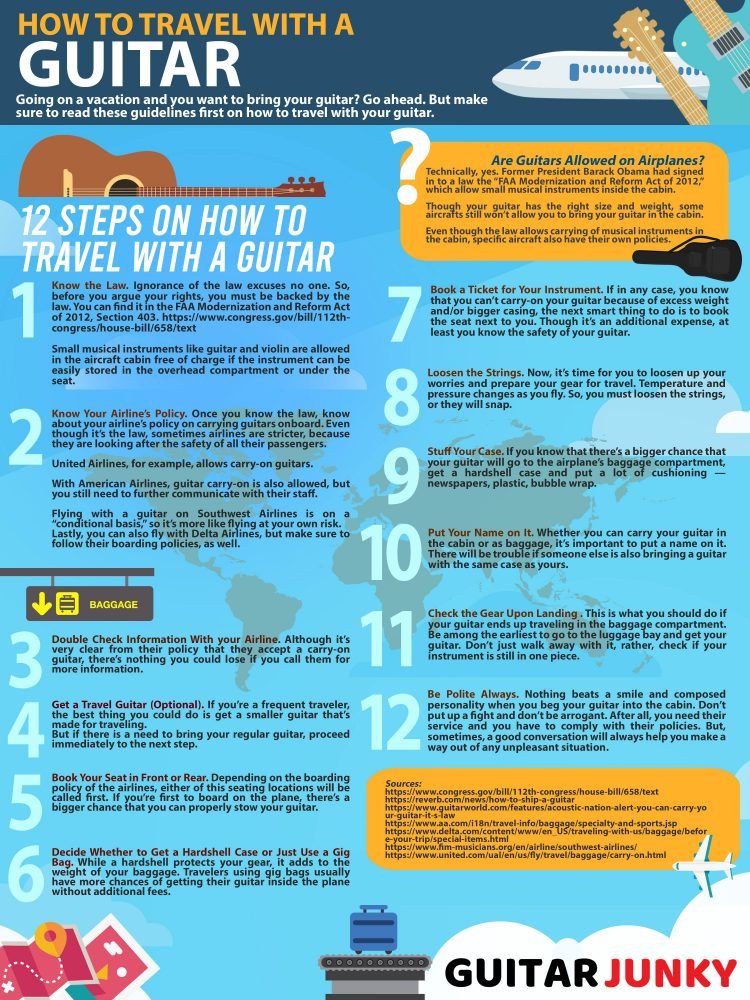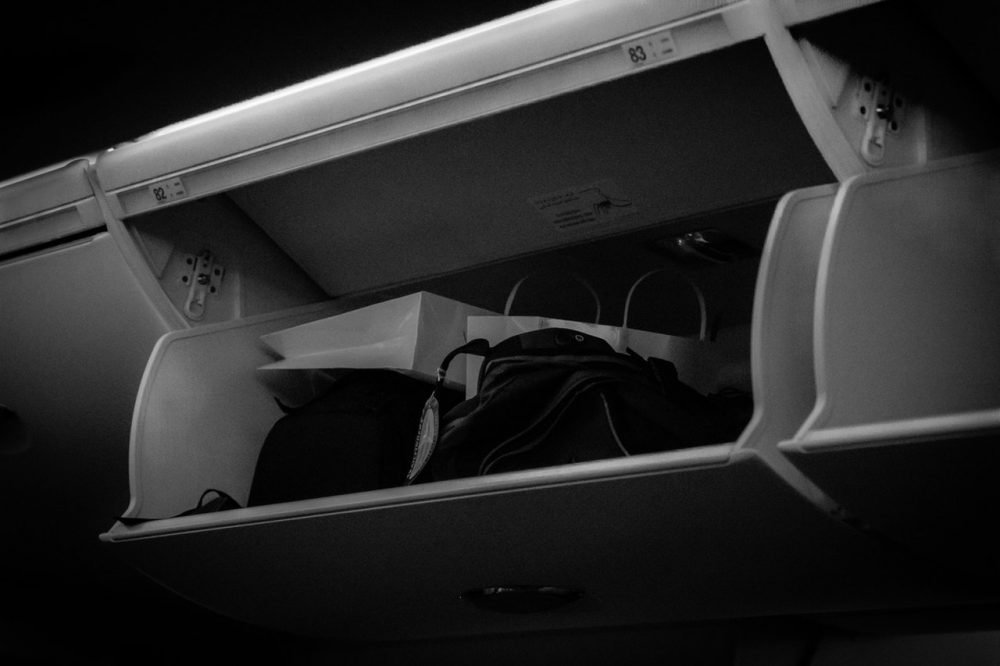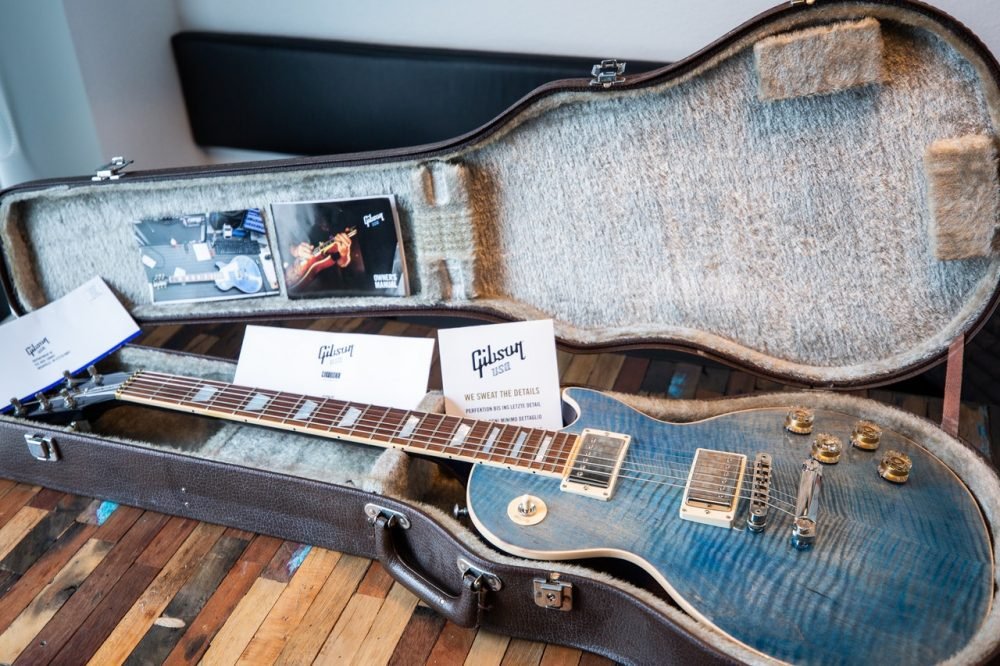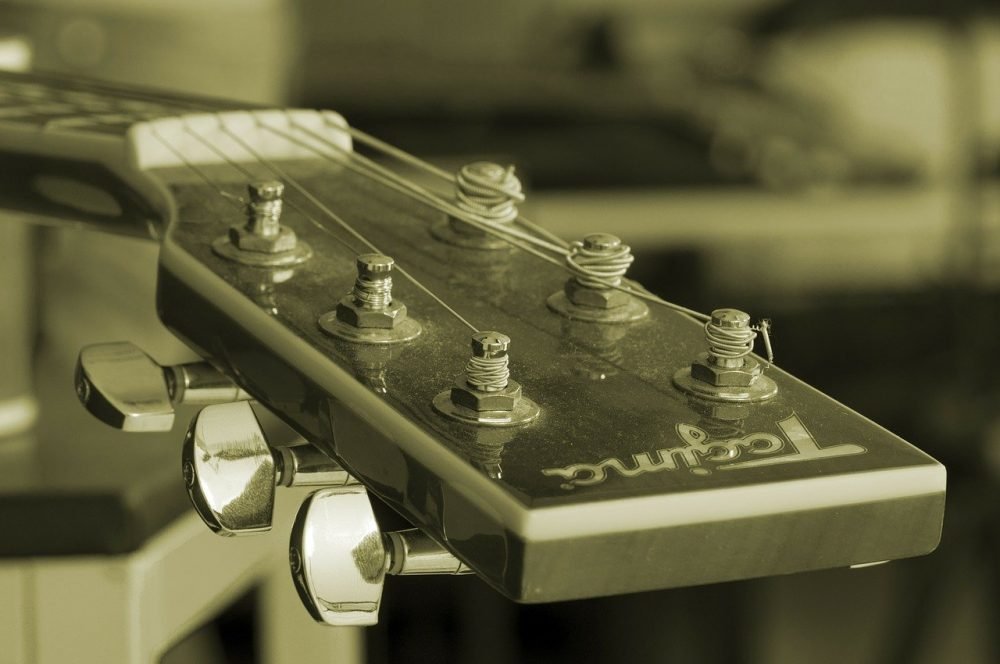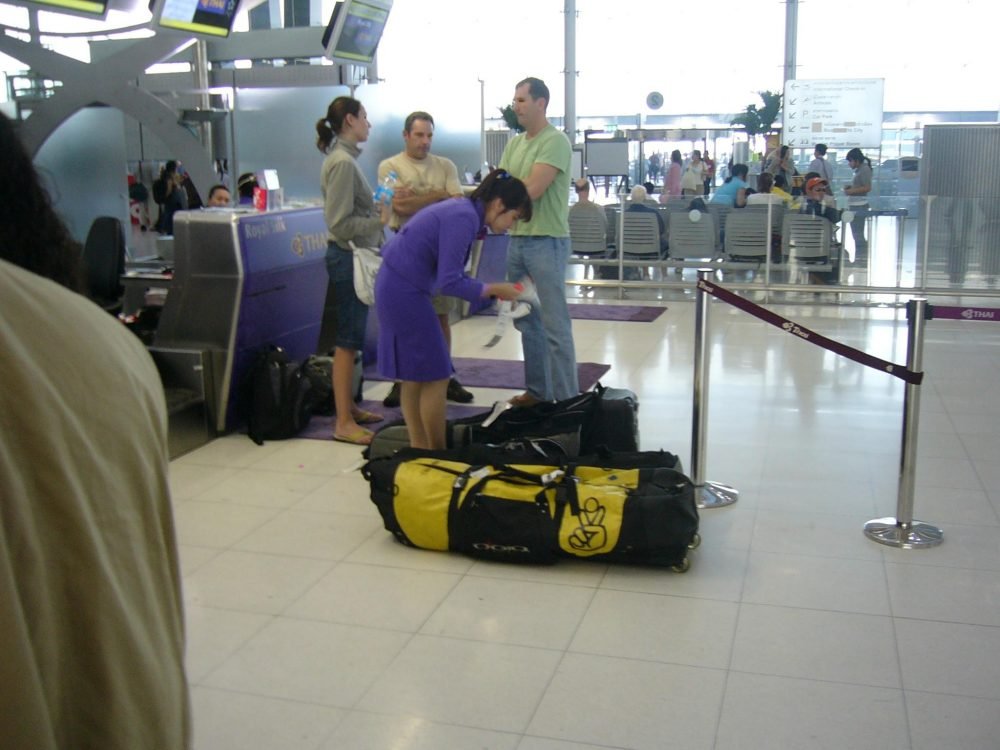Going on a vacation and you want to bring your guitar? Go ahead. Nothing is more rewarding than a vacation where you can still do the things you love.
Still, are you worried that something might happen to your precious guitar while traveling? Don’t worry. We got you covered.
We’re not an insurance company, but we have ways to keep your instrument safe while you travel.
But before getting into the heart of this article, let’s answer one of the most common questions traveling musicians have.
Of course, in your musical journey now and in the future, you’ll surely be flying with your guitar.
Contents
Are Guitars EVEN Allowed on Airplanes?
Technically, yes. Former President Barack Obama had signed in to a law the “FAA Modernization and Reform Act of 2012,” which allow small musical instruments inside the cabin.
However, there are stipulations you need to understand to successfully onboard your guitar. We outline them all below.
In addition, though your guitar has the right size and weight, sometimes aircraft still won’t allow you to bring your guitar in the cabin.
Even though the law allows carrying of musical instruments in the cabin, specific aircraft also have their own policies.
One aircraft may allow you to bring your guitar inside for free, while the other won’t and will charge you an additional fee.
So, to do away with all the hassle, we made straightforward guidelines with tips on how to pack a guitar for flight or any type of transportation.
You can follow these simple steps to make your journey with your guitar a smooth and easy one.
How to travel with your guitar: a step-by-step guide
1. First, Know the Law
Ignorance of the law excuses no one. So, before you argue your rights, you must be backed by the law.
You can find it in the FAA Modernization and Reform Act of 2012, Section 403. https://www.congress.gov/bill/112th-congress/house-bill/658/text
Small musical instruments like guitar and violin are allowed in the aircraft cabin free of charge if the instrument can be easily stored in the overhead compartment or under the seat.
And, if there’s a space in the aircraft by the time the passenger boards.
For larger instruments, or if you choose to use a hardshell case, if it can’t fit in the overhead or under your seat, you should buy another ticket for your guitar.
Or, you can also bring the instrument if it’s properly cased, the weight doesn’t exceed 165 pounds or within the aircraft’s allowable baggage.
Lastly, your guitar package shouldn’t have anything that isn’t allowed in the cabin, so you can bring your guitar with you.
2. Know Your Airline’s Policy
Once you know the law, the next thing you need to know is the airlines that allow guitar carry-on and their policies.
Even though it’s the law, sometimes airlines are stricter, because they are looking after the safety of all their passengers.
In the U.S. there are still a few aircraft that allow flying with a guitar. United Airlines, for example, allows carry-on guitars. If you have seen the video “United Breaks Guitars.”
Sometimes bad things can really happen to your baggage. But, it doesn’t mean they actually break lots of guitars.
With American Airlines, guitar carry-on is also allowed, but you still need to further communicate with their staff.
Flying with a guitar on Southwest Airlines is on a “conditional basis,” so it’s more like flying at your own risk.
Lastly, you can also fly with Delta Airlines, but make sure to follow their boarding policies, as well.
Here are each airline’s policy on guitar & other musical instrument carry ons:
- American Airlines
- Alaska Air
- Delta Airlines
- Hawaiian Airlines
- JetBlue Airways
- United Airlines
- Southwest Airlines
3. Double Check Information with your Airline
Although it’s very clear from their policy that they accept a carry-on guitar, there’s nothing you could lose if you call them for more information.
Or, if you could make an arrangement and get some ideas as to where it’s best to be seated to have your guitar accommodated in the cabin.
4. Get a Travel Guitar (Optional)
If you’re a frequent traveler, the best thing you could do is get a smaller travel guitar. Not the guitar for kids, but the one you can enjoy playing with while you travel.
Of course, if there is a need to bring your regular guitar, proceed immediately to the next step.
5. Book Your Seat in Front or Rear
Depending on the boarding policy of the airlines, either of this seating locations will be called first.
If you’re first to board on the plane, there’s a bigger chance that you can properly stow your guitar. So, you must know this before you book your seat.
6. Decide Whether to Get a Hard shell Case or Just Use a Gig Bag
While a hardshell protects your gear, it adds to the weight of your baggage.
Travelers using gig bags usually have more chances of getting their guitar inside the plane without additional fees.
However, if you have to use a hardshell case, better yet get another ticket for your gear.
7. Book a Ticket for Your Instrument
If in any case, you know that you can’t carry-on your guitar because of excess weight and/or bigger casing, the next smart thing to do is to book the seat next to you.
Though it’s an additional expense, at least you know the safety of your guitar.
Or, don’t argue with the baggage handlers and the flight attendants trying to carry-on your guitar for free when you know it should have a fee or should be checked baggage.
8. Loosen the Strings
Now, it’s time for you to loosen up your worries and prepare your gear for travel. Temperature and pressure changes as you fly.
So, you must loosen the strings, or they will snap. But, the bad thing is, what if your favorite satin-finished mahogany neck will break?
9. Stuff Your Case
If you know that there’s a bigger chance that your guitar will go to the airplane’s baggage compartment, get a hardshell case and put a lot of cushioning — newspapers, plastic, bubble wrap.
Protect your guitar from the banging and bumping down the belly of the aircraft.
Likewise, if you’re using a gig bag, it’s also important to wrap your guitar with some cushioning or bubble wrap.
Even though you’re carrying it, accidents can happen. So, be ready for it.
10. Put Your Name on It
Whether you can carry your guitar in the cabin or as baggage, it’s important to put a name on it.
There will be trouble if someone else is also bringing a guitar with the same case as yours.
11. Check the Gear Upon Landing
This is what you should do if your guitar ends up traveling in the baggage compartment.
Be among the earliest to go to the luggage bay and get your guitar.
Don’t just walk away with it, rather, check if your instrument is still in one piece. If it is, good.
But, if it isn’t, at least, you can easily report any issue to the airline before leaving for your destination.
12. Be Polite, ALWAYS
Nothing beats a smile and composed personality when you beg your guitar into the cabin. Don’t put up a fight and don’t be arrogant.
After all, you need their service and you have to comply with their policies.
But, sometimes, a good conversation will always help you make a way out of any unpleasant situation.
Conclusion
You have everything you need to know, so, it’s time to put what you learn into practice. You’re now ready to travel with your precious guitar!
However, the most important step you should always take is to be ready for the ‘worst.’
Not that you’re expecting it, but make yourself ready for any situation that comes your way.
It’s always an advantage to plan ahead and prepare for a smooth-sailing journey with the love (guitar) of your life.

